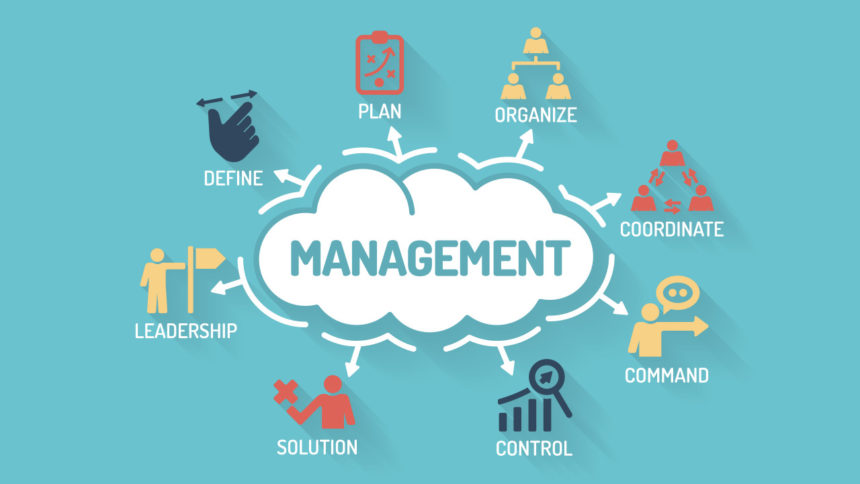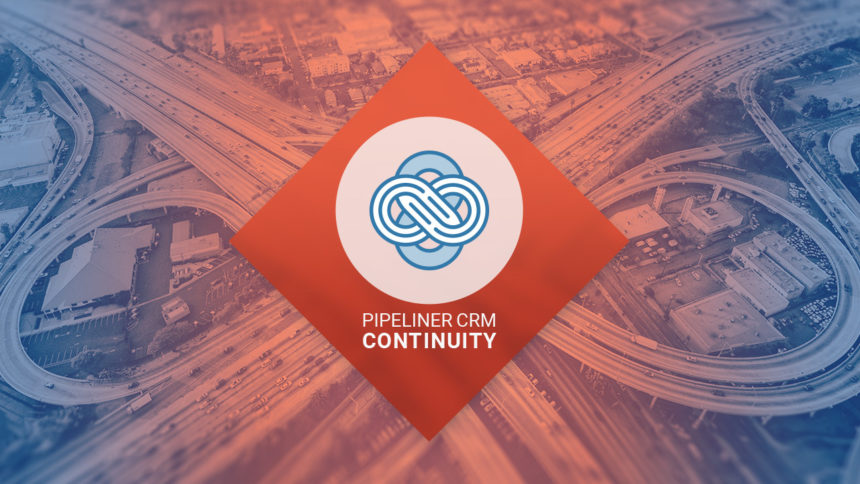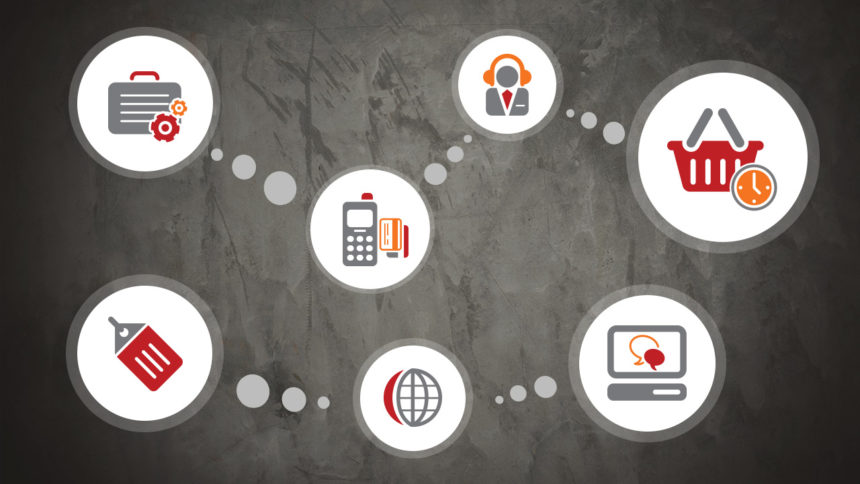With relationship building finally climbing to the top of the “priority” pile in B2B marketing, we have a lot to celebrate. It’s taken years for the twin sheens of spam-blast email campaigns and the “inbound with significant ROI” pipedreams to wear off, but it finally has. And here we are, starting over again as more than just account-based marketers.
We’re people looking to build relationships with others because we know beyond a shadow of a doubt that what generates revenue is engaging and selling directly to people.
But before we do any of that, we have to build the right relationships.
Fortunately for us, we have CRMs, and they’re filled with the data we need to get things done.
Not only can they give us insight into org structures and the ability to connect with decision makers within a company. They also allow us to simultaneously target and engage all 5.4 decision-makers involved in the buying process, increasing our chances of a quick, effective sale based on strong, strategic relationships.
Here’s a taste of what your CRM can do:
Help you map social proximity territories.
It may not be something you think about often, but each of your employees has a social sphere—contacts, contacts of contacts, and so on. Make a weekly habit of exporting new leads from your CRM, matching them against your team’s spheres of connection (pretty easy on LinkedIn), and divvying up the prospects accordingly.
Build on your successes.
The true magic of a great CRM—aside from it being a repository of your most valuable information—is the fact that you can export lists and sort them. It isn’t a glamorous way to work, but it gets the job done. Simply export your lead list and sort by industry—then, scan through and match them to your previous successes. In this way, you’ll gain a clear understanding of what works (and what doesn’t) for each target industry. Then, tweak your messaging and repeat your successes.
Produce lists of role-based leads.
This may seem like a no-brainer, but it bears repeating—you should be sorting your leads by role. Rather than having your sales execs bounce from person to person, talking to a marketing exec one hour and a head of IT the next, allow them to focus on common role types. That way, they can build relationships faster, understand the needs going into the conversations, and streamline the production of personalized collateral.
Inspire insightful content.
As you take the long view over which industries are benefiting the most from your offering, you can work your way into answering complex, industry-specific needs. Discover which businesses benefit the most from your offerings, how they use your product, and put two and two together. This should give you a very clear framework for the real story of your product in an industry, offering the opportunity to create deep, meaningful content that speaks directly to your target accounts.
Strategically target multiple decision-makers in the same account.
Remember when you build role-based lead lists? Have sales execs team up and strategize, hitting specific accounts at multiple levels simultaneously. That way, while one rep is working a relationship with the director of marketing, another can grease the wheels with the CFO so that, when they connect, they’re both understand the value. In addition to increasing your conversions, this will dramatically reduce the length of your sales cycle.








